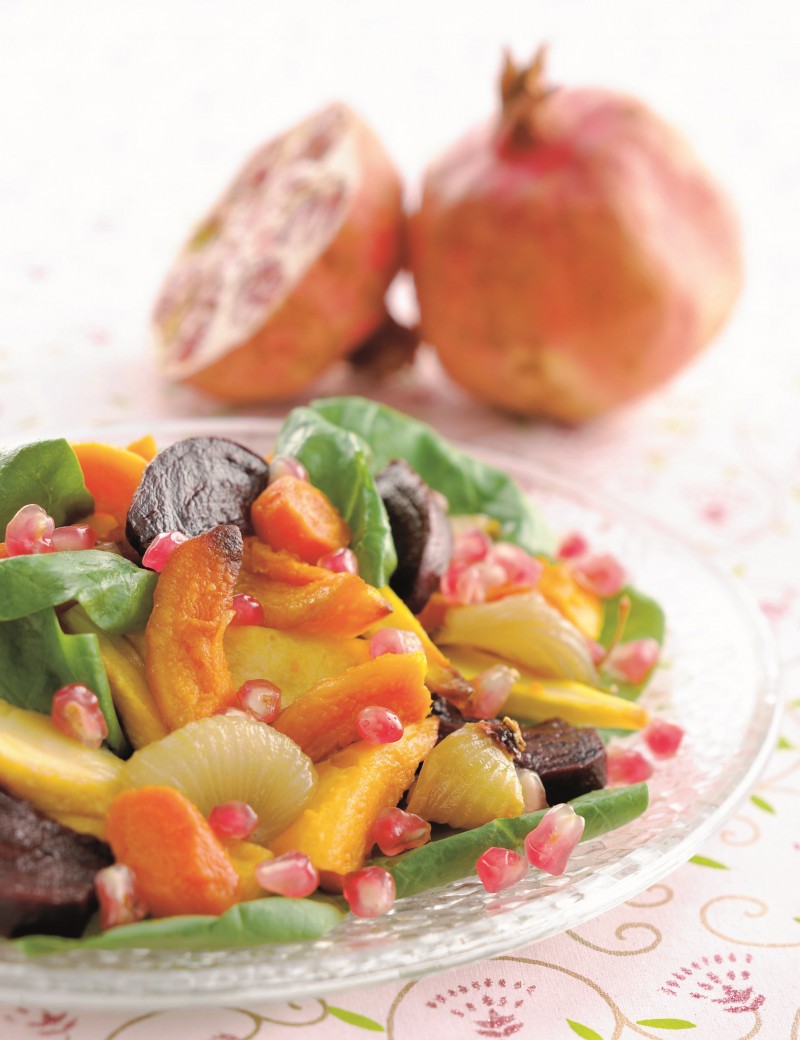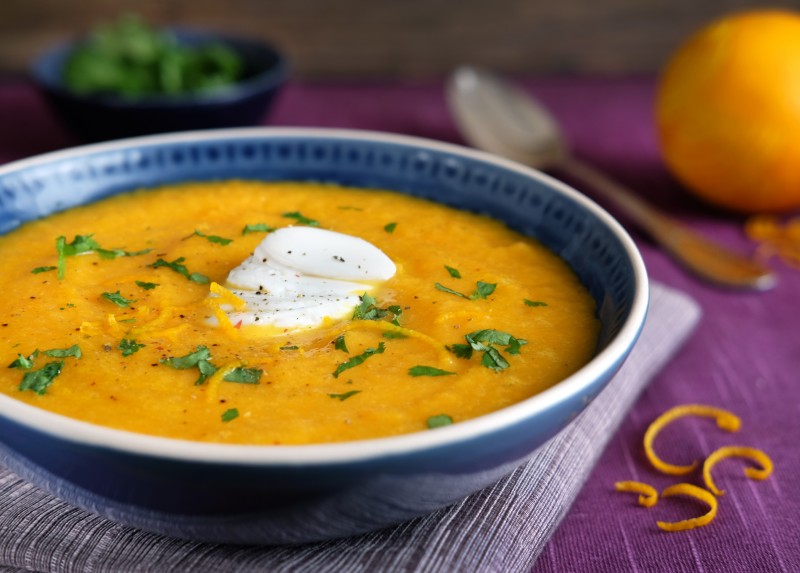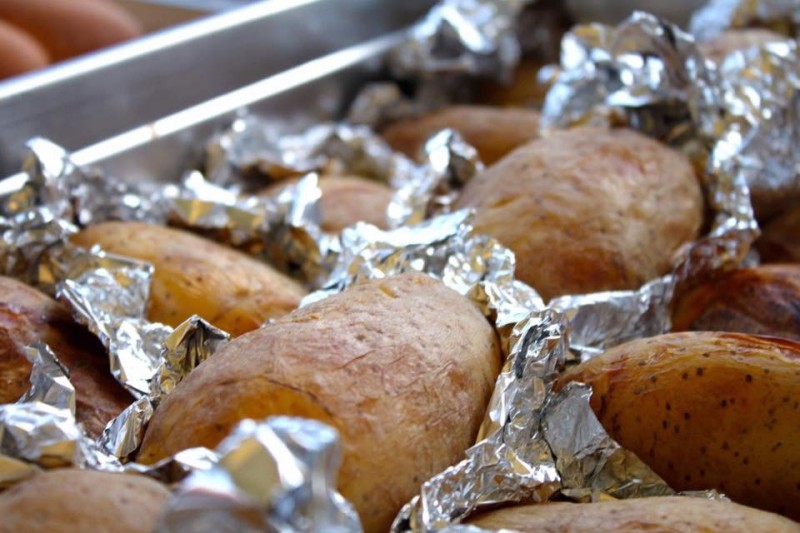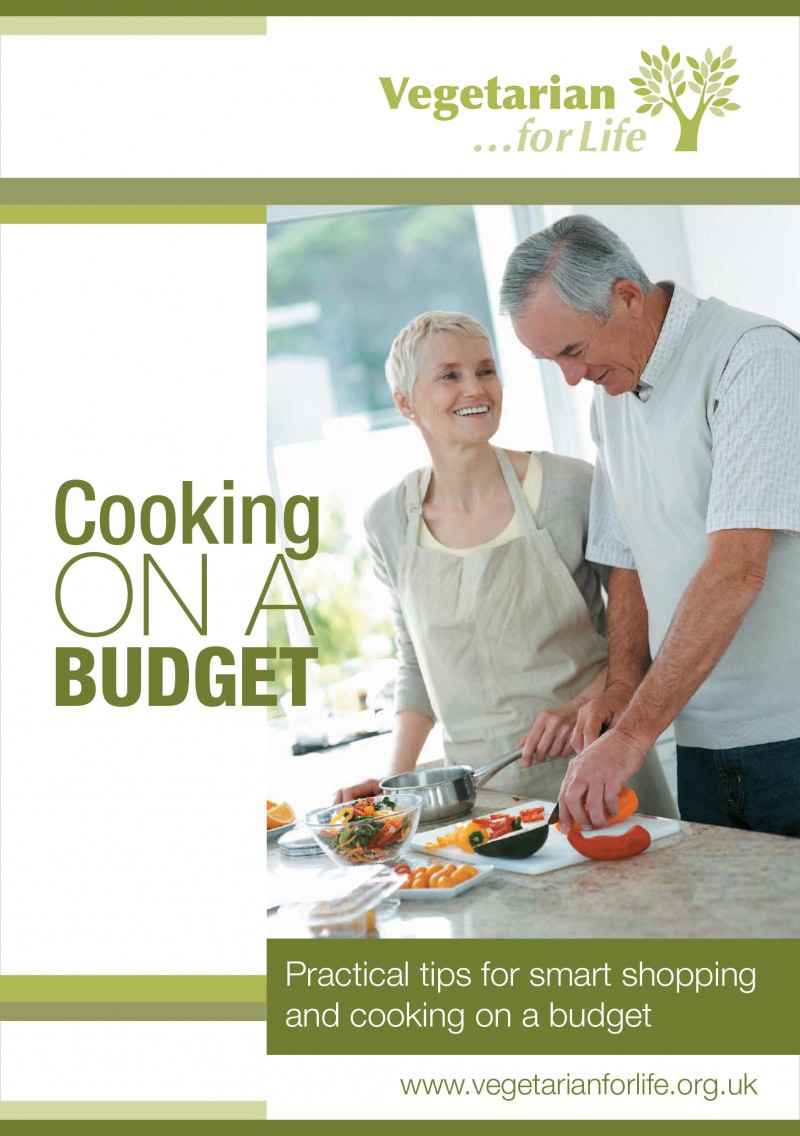
Creating delicious, healthy, and economical meals has never been more important. With prices on the increase, a few tips won’t make you a millionaire, but will help you get the best you can from a smaller outlay.
The most obvious way of getting the best of what you buy is to use up all the food. You would think this is an obvious and easy step. In reality as a nation we are not doing this. According to recent figures, the average family of four spends £654 per month on food and wastes £1.36 each day. Nationally we throw away 9.5 million tonnes of food. Globally we waste a staggering 900 million tonnes. According to the Waste and Resources Action Programme, of the food waste from households, 41% has gone out of date, 28% is wasted because of personal preferences, and 25% ended up in the bin because we cooked or were served too much. We can’t do much about what other people waste but we can take more control over what we waste. The trick is to be mindful and plan ahead before we head to the shops.
Supermarkets like to encourage us to buy more food than we need. Carefully marketed products, attractive looking packages and BOGOF offers all add to shopping trollies getting filled up. The trick is to only buy what you need and can use, although this can be easier said than done. Meal planning, having a list, and checking what you have in before shopping may all help you avoid spending more than you intended. Remember, the biggest cause of waste is not using food before it goes out of date.
So, you are at home with a bag of perishable goods. Use what will go off first. Store the foods according to the manufacturer’s guidance. If you have space in the freezer, freeze it.
Make dishes that are flexible with ingredients. Curries, soups, cottage pie, and chilli can all be made with a variety of ingredients. These sorts of dishes are a great way to clear out the fridge.

Take cottage pie base as an example. Any or all of the following can be used: baked beans, lentils, Quorn, soya mince, onion, garlic, celery, tomatoes, peas, mushrooms, sweetcorn, green beans, stock, miso, and carrots. The list goes on. As for the topping, traditionally it’s mashed potato, but a combination of potato, sweet potato, celeriac, carrot, pumpkin, or parsnips will all work. What you end up with is a tasty, satisfying meal and you cut down on waste. I’m sure you have your own go–to ‘use it up’ recipes too.
Soups can be from just about anything. If you have older vegetables that are maybe not as presentable as they once were, trim as needed and create a wonderful soup. Vegetables that are in the marked down section in the supermarket are ideal candidates for this. Add in a handful of lentils to improve the protein content.

Stir-frying is a great way to be flexible with ingredients using one pot. The trick is to get all your ingredients prepared before you cook. Serve with rice noodles and the job is done.
For a little inspiration on money saving tips have a look at the TV show ‘Eat Well For Less?’ If you’ve not seen it, the premise is a guest family will be given cheaper versions of some of their regular brands of food (and sometimes household products), but they don’t know which ones have been swapped because all packaging has been removed. At the end of the week the family can decide what they would prefer to keep as their regular brand and try to identify which were substituted. An interesting aspect is that often diehard fans of specific brands guess incorrectly which were the swaps. The new cost of their weekly shop is then added up. For some families they could reduce their bill by thousands over the course of a year. The lesson to take away is to try non-branded products; they may be better than you think. Perhaps try shopping at a cheaper supermarket too.
Of course, there are always marked down goodies to be found at the supermarket. The best ones to grab are those that can be frozen, otherwise they generally need to be eaten that day. I tend to make a bee line for them and then when I have finished the rest of my shopping, pop back to see if other goodies have been marked down.
Use your power wisely
Gas and electricity prices have increased dramatically. I’m not suggesting these tips will bring your power bill down significantly, but a few simple steps can help to reduce the impact.
A stack steamer can hold several different ingredients separately and cook on just one ring. If you have not used a stack steamer before, check the water does not boil dry (personal experience).
Pack your oven to the brim! If you put the oven on, use every bit of space available. Again, the trick is planning to make sure you get the best out of the power you are using. Once you have filled up the oven perhaps squeeze in a few extra jacket potatoes for good measure.

Pressure cookers could be a good option to consider. Once up to heat they will cook in a fraction of the time of a standard pan.
Use the correct sized pan. If you have a pan that is too small and does not cover the heat source, then energy will be wasted. If you use a pan that is too large and boil ingredients in more water than needed, this is also wasting energy. As my mum always insisted, put lids on pans.
Where possible, defrost foods before they are heated. Pre-soak pulses overnight. Microwave ovens can also be an efficient way of cooking, because they do not require pre-heating and only heat a small space.
Whatever you decide to do to reduce waste and improve home economics, it will have an impact on how far your money goes. It all adds up.
Other tips and advice on reducing your cooking bills can be found in our publication Cooking on a Budget.

Statistic references from:
Categories:
Cooking on a Budget